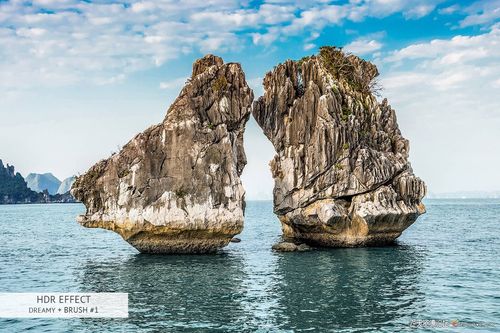Exploring the Unique Cultural Heritage of Estonia
Estonia is a small Northern European country located in the Baltic region that is well-known for its beautiful forests and scenic lakes. But there is more to Estonia than just its stunning natural beauty. Estonia is a country with a rich and unique cultural heritage that dates back to thousands of years.
The Ancient Roots of Estonian Culture
The history of Estonian culture can be traced back to the ancient times of the Finno-Ugric people, who were believed to have migrated to the region around 3000 BC. The pagan beliefs and rituals of the Finno-Ugric people were passed down over generations and are still evident in Estonian folk culture today.
The Influence of German and Russian Culture
Estonia has been influenced by several cultures over the centuries. One of the most significant was the German influence, which began in the 13th century when the Teutonic Knights invaded Estonia. The Germans brought with them their language, art, and customs, which had a lasting impact on Estonian culture.
The Russian influence also played a crucial role in shaping Estonian culture, particularly during the Soviet era. However, Estonians were quick to reclaim their cultural heritage after the Soviet Union disbanded, and Estonian language, music, literature, and art blossomed once again.
The Resurgence of Estonian Culture
After Estonia regained its independence in 1991, there was a renewed interest in promoting Estonian culture. Today, Estonian culture is vibrant and celebrates the country’s unique identity. The Estonian Song and Dance Festival, which takes place every five years, is a prime example of this. It’s a massive celebration of Estonian folk music and dance, with thousands of performers and tens of thousands of spectators attending.
Estonia has also gained attention for its innovative approach to digital culture. It’s the birthplace of Skype, and the Estonian government has made significant investments in technology infrastructure and startup incubators, making Estonia one of the most advanced digital societies in the world.
Exploring Estonian Culture
Visitors to Estonia can explore the country’s fascinating cultural heritage in several ways. A visit to the Estonian Open Air Museum in Tallinn is a must for anyone interested in Estonian folk culture. The museum showcases the traditional architecture of the country’s various regions and the unique customs and traditions of Estonia’s people.
Another significant cultural experience is visiting Tartu, Estonia’s second-largest city, which is often regarded as the cultural capital of the country. Tartu has a vibrant arts scene and is home to several museums and galleries, including the Estonian National Museum.
Conclusion
Estonia’s unique cultural heritage is a reflection of its long and complicated history, with influences from neighboring cultures and a rich tradition of pagan folklore and mythology. Today, Estonian culture is thriving, with a renewed focus on promoting the nation’s identity and heritage. Visitors to Estonia can experience this rich cultural tapestry in many ways and explore the country’s fascinating past and present.
(Note: Do you have knowledge or insights to share? Unlock new opportunities and expand your reach by joining our authors team. Click Registration to join us and share your expertise with our readers.)
Speech tips:
Please note that any statements involving politics will not be approved.
